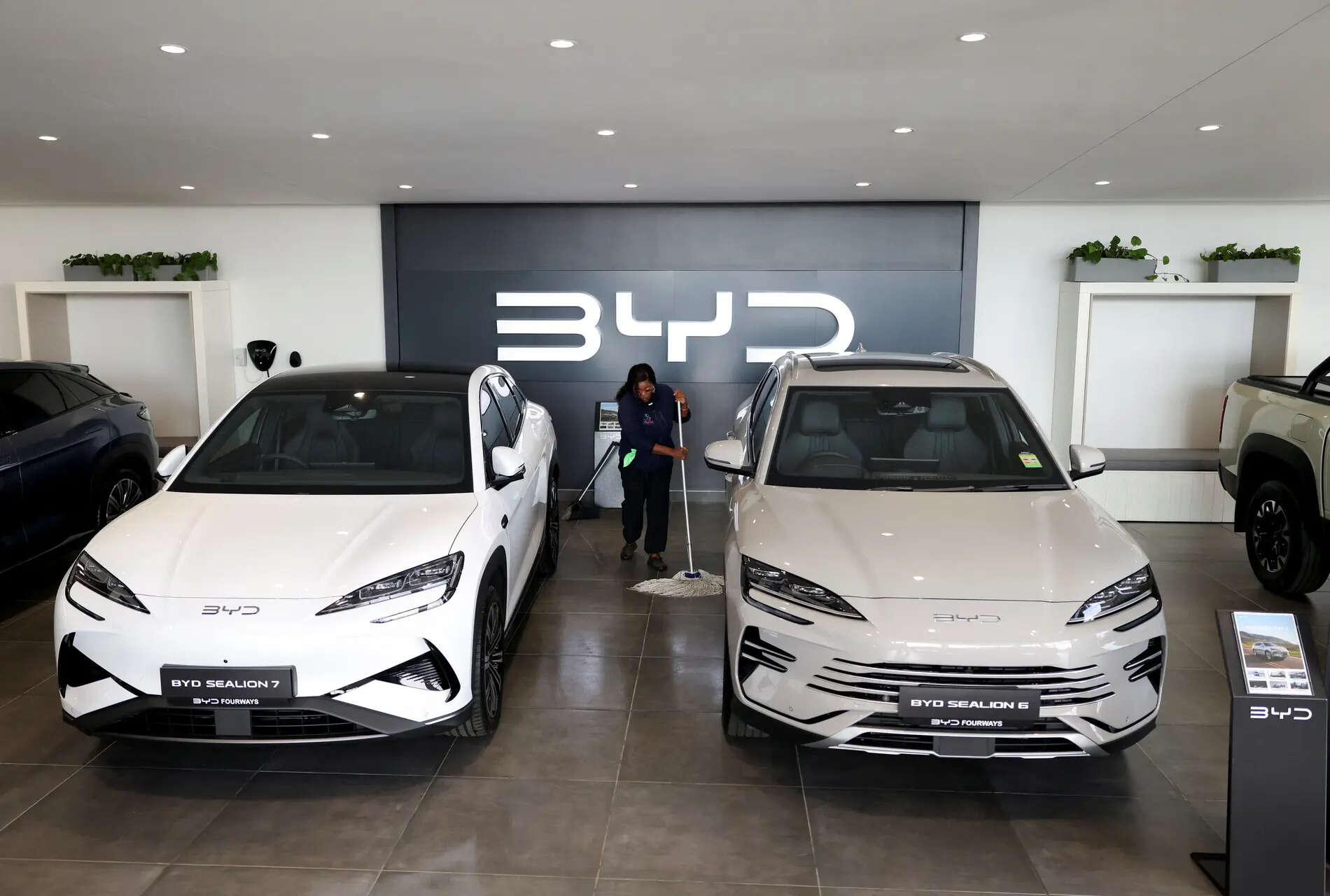It’s official, Apple’s big software redesign is here, and all of your devices are about to look a lot different. At WWDC 2025 Apple unveiled “Liquid Glass,” which is its own Apple way of saying, “Your iPhone is getting a lot more bubbly.” The big visual overhaul changes the look of the UI inside Apple devices across the board, including your iPhone, MacBook, Apple Watch, and even your Apple TV 4K streaming box.
And while the full gamut of Apple products is affected by the visual vibe shift, it’s iOS that will probably catch the most attention—and for good reason. For one, lots and lots of people use iPhones in America, and even the slightest tweak to the UI can affect people on a mass scale. Secondly, from what I can tell without seeing the redesign for myself, iOS seems to be the most heavily impacted by the new design. I mean, seriously, check this out:
Today, we’re announcing our most beautiful software design change yet with Liquid Glass. And for the very first time, it’s coming to iOS 26, iPadOS 26, macOS 26, watchOS 26, and tvOS 26 at once! pic.twitter.com/p8pr8o1EmM
— Greg Joswiak (@gregjoz) June 9, 2025
While Apple doesn’t state it explicitly, the redesign seems to be heavily influenced by what some designers might call “glassmorphism,” which is a visual style in UI that incorporates lots of opaque menus and, unlike Apple’s current flat “neumorphic” design, adds a bit of shape to icons that were previously kind of 2D. See (ironically) other operating systems from, *cough, cough* Microsoft, if you want another example of what glassmorphism might manifest as. Someone more knowledgeable than I could probably nerd out over the new look with a few thousand words, but a design maven I am not. When I look at Liquid Glass, I see things in a simpler light. I see mostly one thing: risk.
On one hand, that risk is exciting. I think Apple’s UI is due for an update. By Apple’s own estimation, the last visual overhaul was way back in iOS 7, when iPhones still had a physical home button and “Obamacare” was still a topic of political discussion. Not only that, but Apple, for good reason, has been accused a lot in recent years of not attempting to push the boundaries like it once did under the leadership of Steve Jobs and Jony Ive. A good way to show people you’re not afraid to try something new is to, well, try something new. That’s exactly what Apple did; it took a risk on a redesign that changes some pretty core elements of your iPhone’s UI—icons, menus, you name it.
But just like any bold new endeavor, there are going to be some tradeoffs. One of those tradeoffs, in this case, may be accessibility. As many of you have already noted, there are some visual quirks to Apple’s glassmorphic era, and legibility may be at stake.
Say fucking goodbye to accessibility #WWDC25 pic.twitter.com/CKCIwv2sns
— Ilya (@ilyamiskov) June 9, 2025
As much as I actually like the look aesthetically of Apple’s new Liquid Glass overhaul, I think there are going to be some big haters, and I can’t exactly blame them. Having clear windows may look future-forward, but when that design encounters, say, I don’t know, text on a page, things can get a little messy. What you get, at times, is a visually muddled menu that conflicts with other elements on a page. I’m not jumping to any conclusions yet since I haven’t really seen the redesign for myself or how it interacts with web pages or apps, but objectively, it seems like there isn’t as much contrast as Apple’s previous look. One thing I’ve definitely noticed so far is that subtle differences in where a menu lands in an app or web page can make a huge impact. For instance, check out this picture.
apple just introduced “Liquid Glass” design in iOS.
it’s beautiful, futuristic… and completely unreadable.
what are we doing here? 😵💫 pic.twitter.com/ybw8SIxtqh
– Kalash (@Amikalash) June 9, 2025
I don’t know about you, but what I see is a blurry, visual disaster. But, if you check out the video this screenshot is pulled from, just a second makes all the difference. Here’s the same visual demonstration, but the menu is offset just slightly on the text underneath.

I feel like there’s a pretty big difference in legibility here. It’s not perfect by any means, and I certainly wouldn’t call it accessible, but it looks a lot better. This is all to say that I think there will be subtle differences that determine whether you’re seeing something clear, pleasing, and visually distinct or if you’re looking at a garbled glassmorphic mess. From what I can tell, there will also be different Liquid Glass styles to choose from, which may affect the accessibility of menus. There’s also the fact that this redesign doesn’t officially launch until the fall, so anything could change.
How you feel about Liquid Glass is obviously up for debate, but one thing is clear (pun intended), and that’s that whatever Apple is doing with the iOS redesign and Liquid Glass writ large is definitely a bigger risk than past overhauls. To risk accessibility or legibility on a platform as big as iOS takes some real vision—whether good or bad. Let’s just hope that the vision, for the sake of everyone out there with an iPhone, isn’t quite as blurry or illegible as some of these early looks might suggest.














.jpg?w=700&c=0)


.jpg?w=700&c=0)




































